I usually hold off on pruning deciduous bonsai past the first half of August. Not all trees can grow well enough late in the season to make it worth investing in new shoots before fall.
That said, I’ve worked on deciduous trees fairly late in the season as some trees will keep their leaves through December. One example from my garden is a small white chojubai.
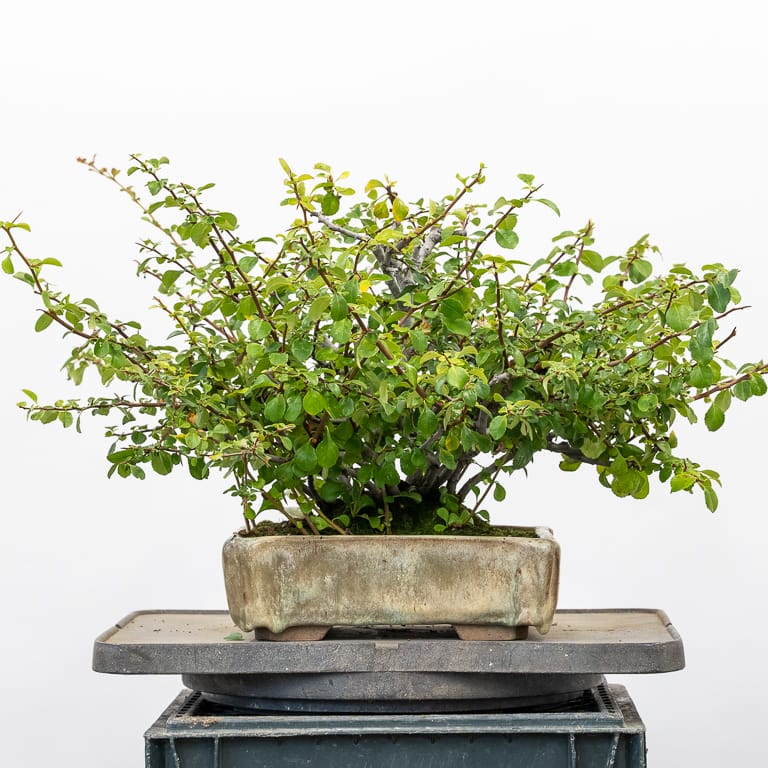
Dwarf Japanese flowering quince ‘chojubai’ – pot by Stephanie Walker
Normally I’d be happy to let the tree grow until fall pruning in November, but I wanted to start some cuttings before the weather cools down.
I kept a few buds on the new shoots and removed the root suckers.
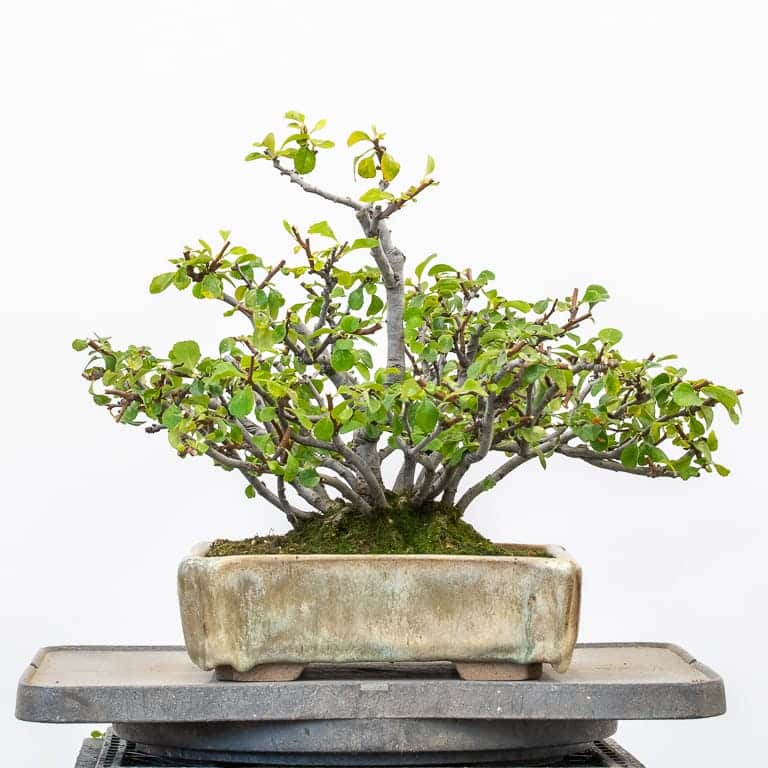
After cutback
Noting that many of the leaves were damaged by insects or starting to yellow, I decided to defoliate the tree.
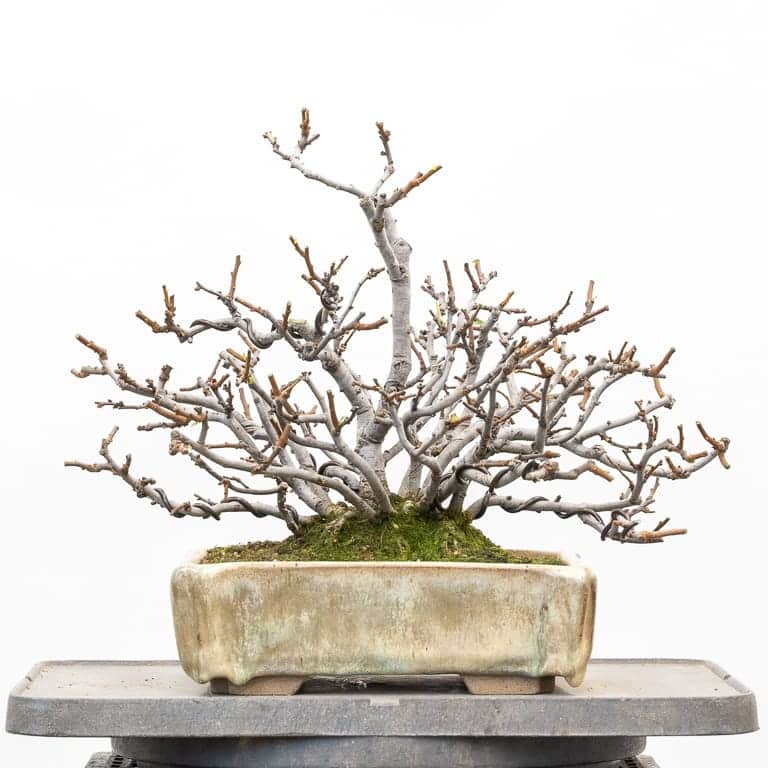
After defoliation – 9.5″
Depending on the weather, new leaves usually form within two weeks at which point new shoots begin to elongate.
My aim, however, is what will happen with the shoots that were removed.
A few weeks ago I started a batch of chojubai cuttings with shoots that had been defoliated. To my surprise, almost every cutting started growing. For this batch, I want to defoliate some shoots but not others to see if removing the leaves makes a difference.
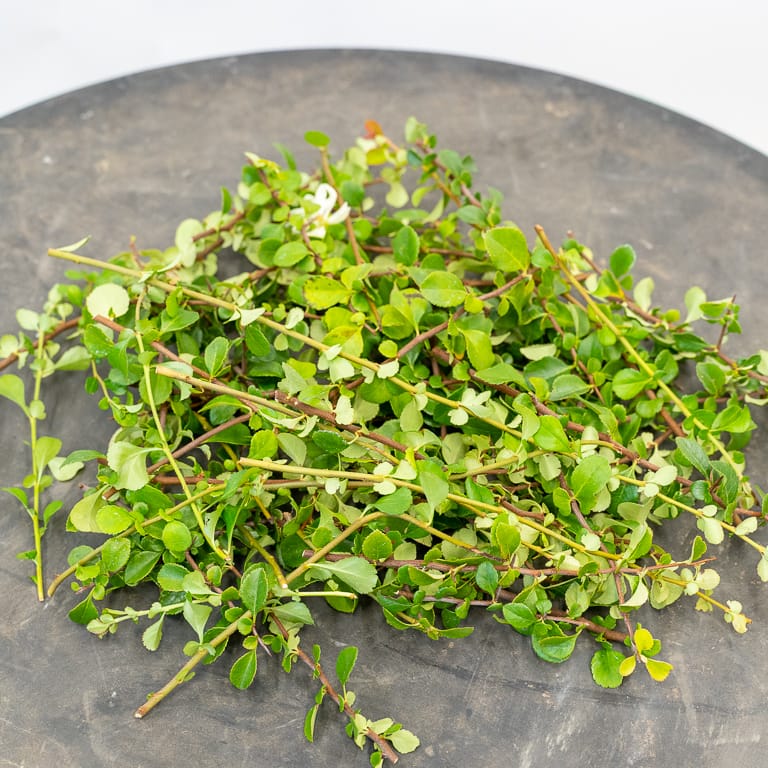
Freshly removed chojubai shoots
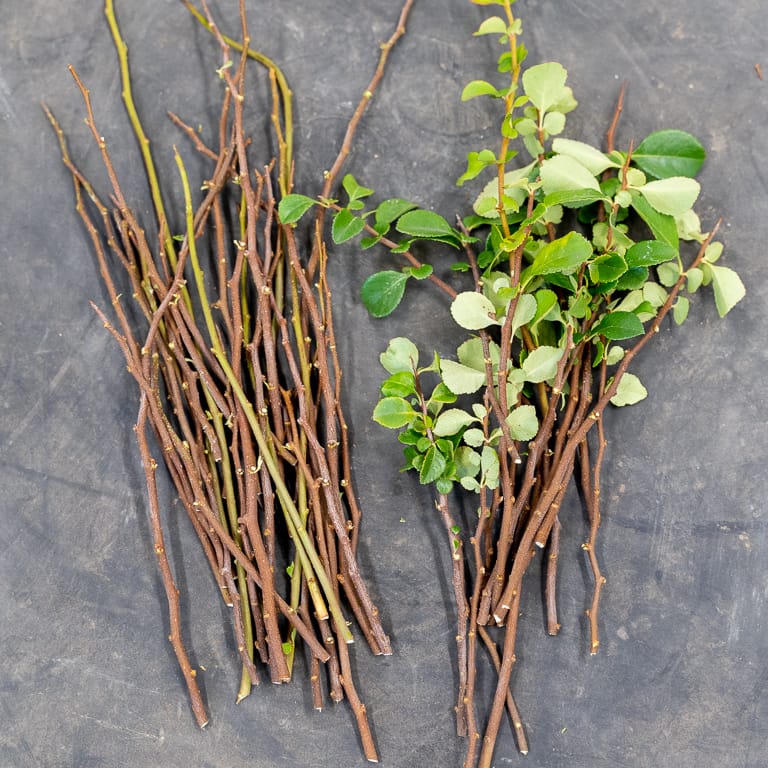
After defoliating and partially defoliating the shoots
I take cuttings by making a clean cut on shoots that grew this year and dipping them in root hormone. For the planting medium, I used a mix of perlite with some added peat moss.
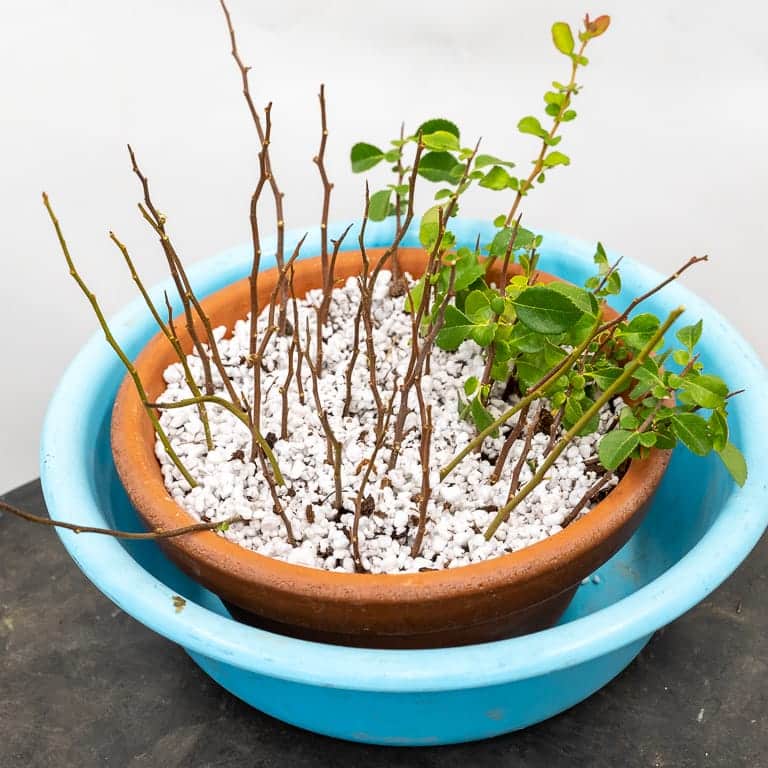
Planted cuttings
I placed the cuttings in a shady spot in the garden and will mist the foliage, but not the soil, whenever I pass by with the hose.
Over the years I find that some batches of cuttings do better than others, likely due to when I strike them, but I have found that the results are always good when I place them in the greenhouse.
I’m curious how they’ll do outdoors this year so I’ll try that approach. If I find any good patterns relating to which root and which don’t, I’ll post an update in spring.
